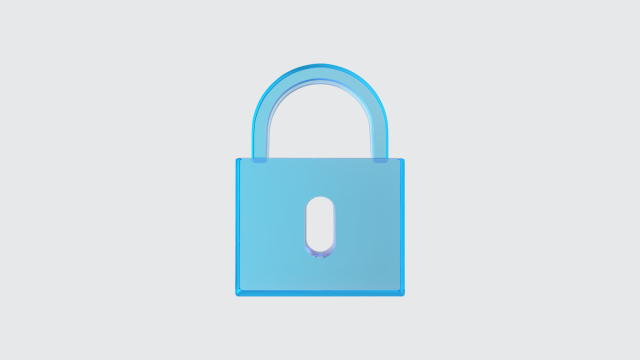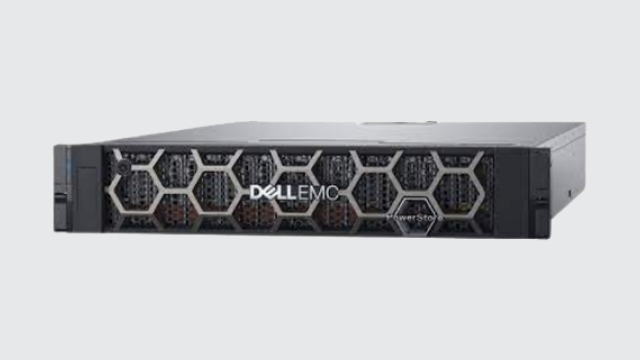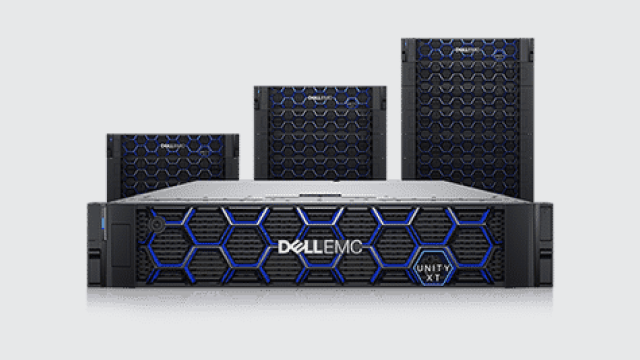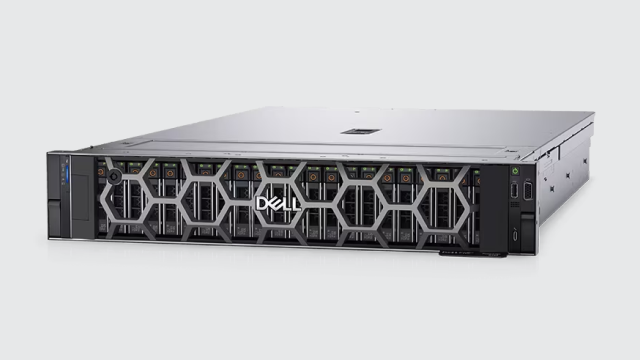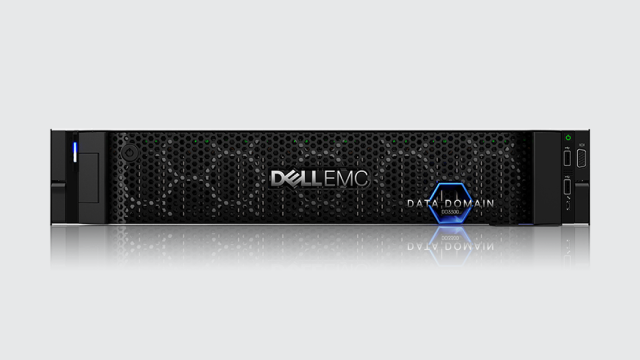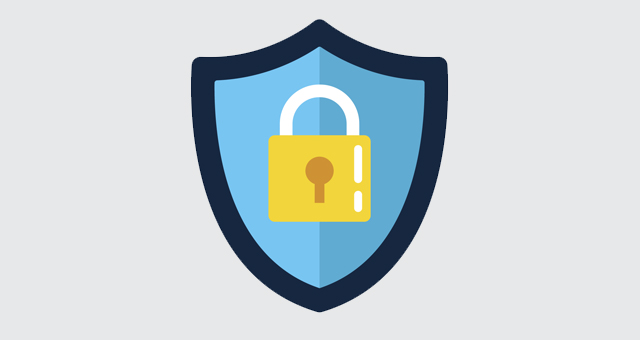

Pros in tech.
Leaders in solutions.
Discover our comprehensive capabilities for workplace productivity, infrastructure upgrades, custom applications, and digital asset management. Partner with us to achieve digital transformation and unlock your organisation’s true potential. Let’s shape success together.
Trusted By Leading Businesses



Customised Technology Solutions for Success
We are dedicated to helping our clients fully understand their needs and goals, and then using that understanding to help them visualise a more successful future with technology. We work closely with each client to gain a deep understanding of their unique requirements, objectives, and challenges.
We help our clients identify the most effective technology solutions to support their business and achieve their goals. This includes everything from digital transformation and modernising their IT infrastructure to developing custom applications and providing expert advice and support. We are committed to helping our clients achieve their vision of success through the strategic use of technology.
Learn MoreApple Authorised Resellers
Gain access to Apple’s device enrollment program and a wide range of products for streamlined productivity. Partner with us for genuine Apple solutions and exceptional support.
Dell Technologies Titanium Partners
We bring three decades of real-world experience across the entire Dell Technologies portfolio. From cutting-edge hardware to comprehensive solutions, our expertise ensures you receive top-notch products and tailored solutions for your organization’s success.
Powerful Tech
Discover More
Our Partner Ecosystem


























